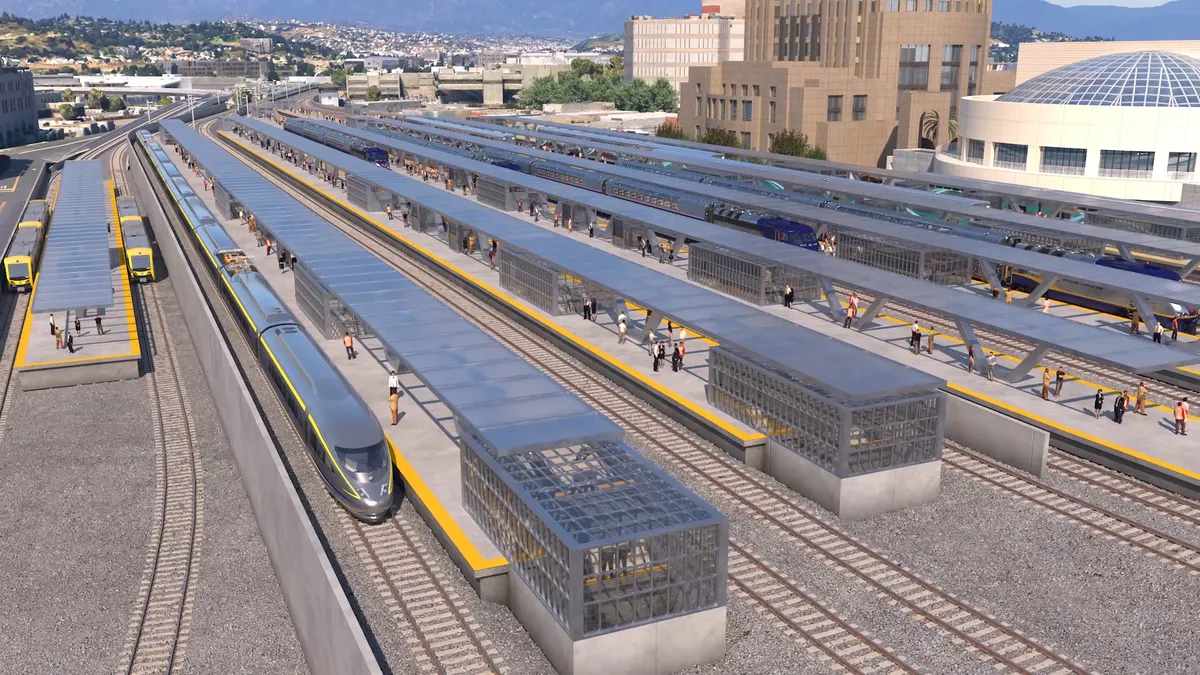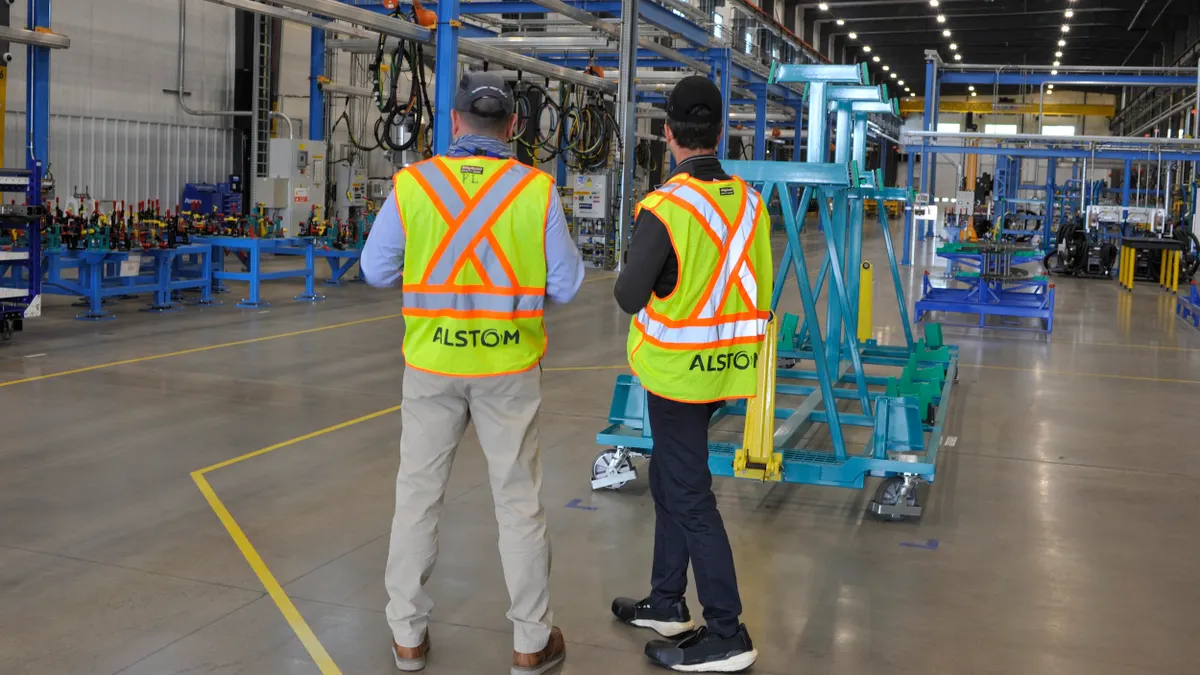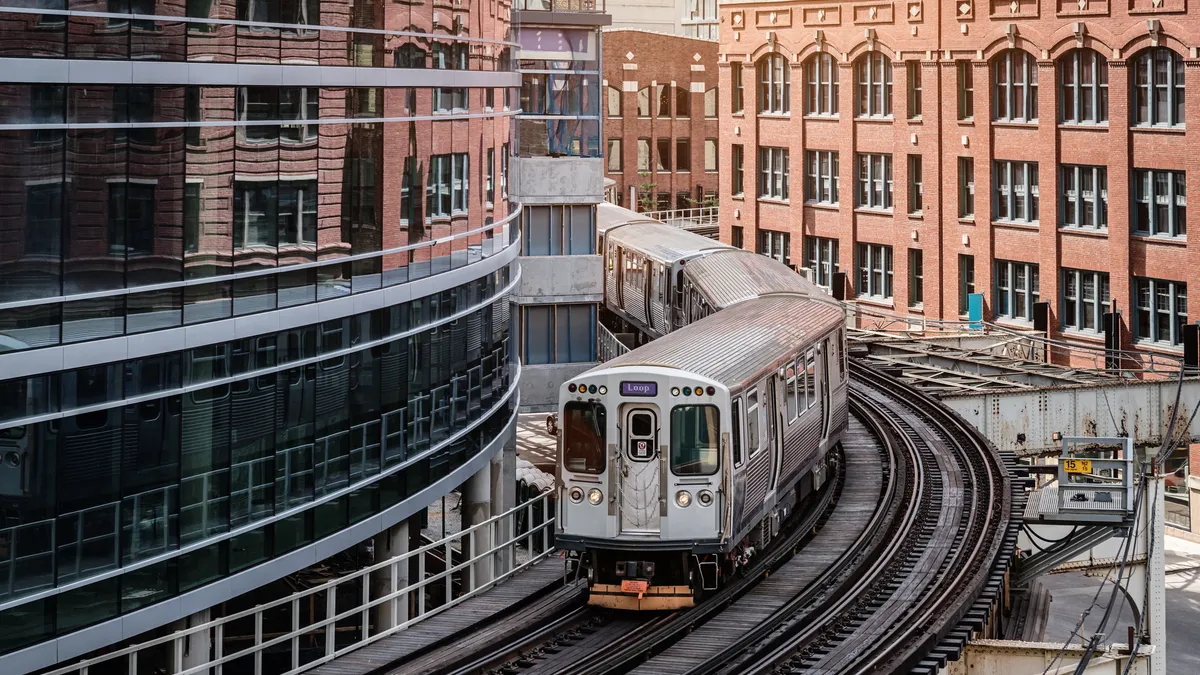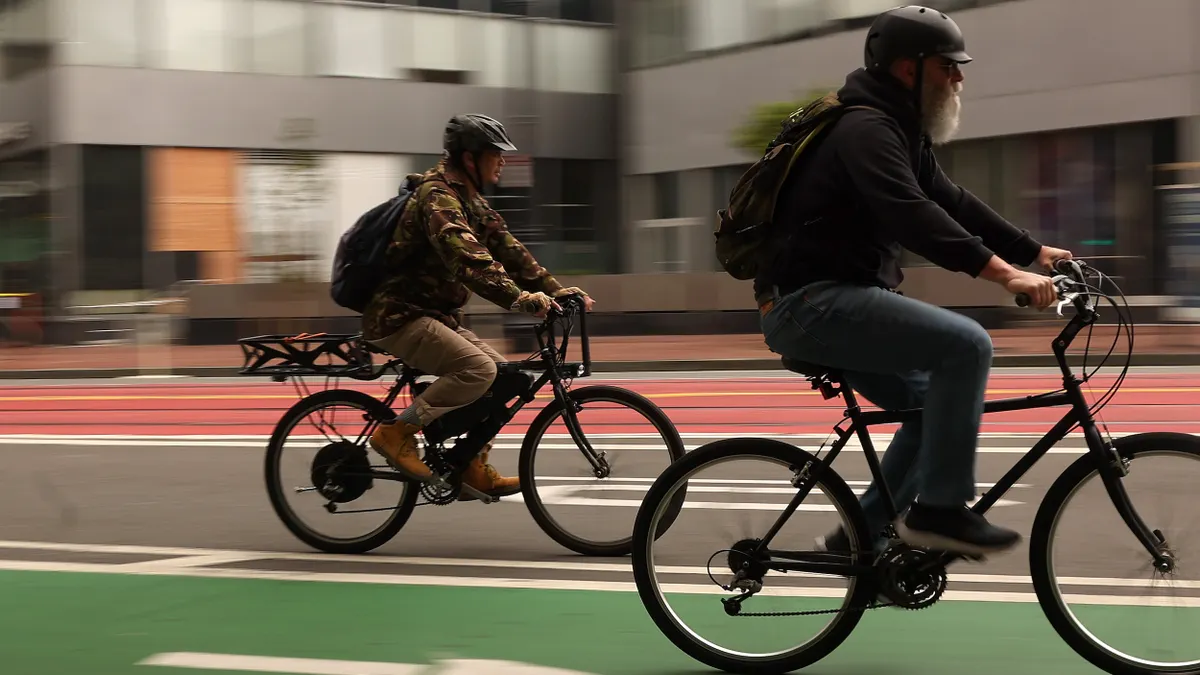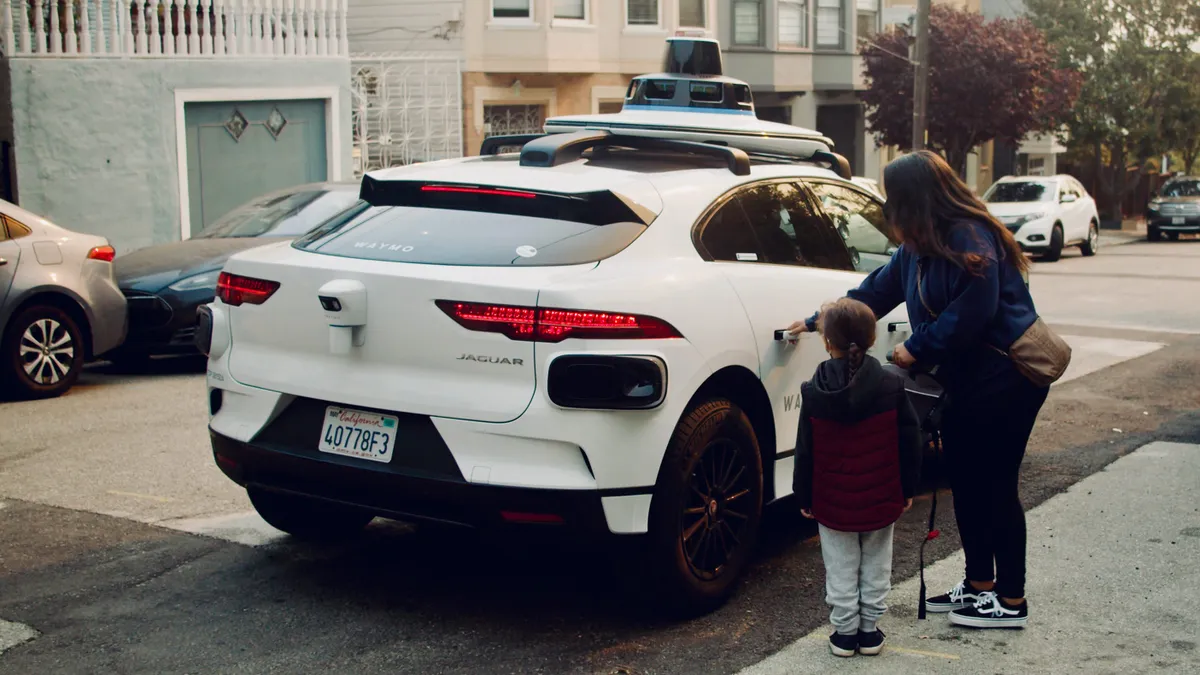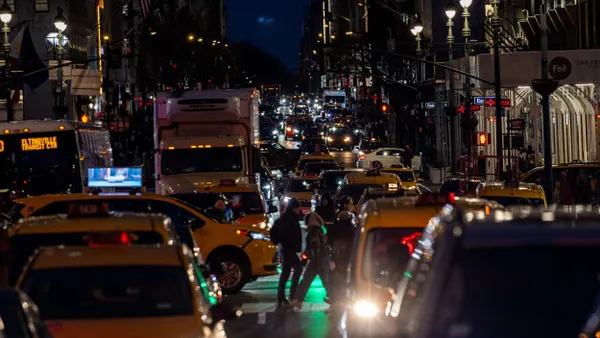Editor's Note: The following is a guest post from Sean Flood, CEO of mobility and media company The Gotcha Group.
Bike-share systems have continued to grow rapidly in the U.S. with 25% more trips taken in 2017 than in 2016, so it’s not surprising that they’ve become a regular part of the news cycle — but, unfortunately, sometimes for the wrong reasons. There are some obvious issues that cities and communities are experiencing, but when done right, bike-share systems are a key component of smart transportation networks, provide health and environmental benefits, and connect people and places in a safe, efficient, and sustainable manner.
A lot of the negative attention really boils down to a lack of planning and foresight. Urban mobility, in general, doesn't have a one-size-fits-all solution. Rather, there must first be a solid understanding of a city’s unique needs, what the bikes will cost (and how to mitigate or minimize this), how to introduce them to the population and how to incorporate them into the existing infrastructure and physical space of a city.
Most people would agree that an informed decision is a good one so I wanted to carve out five topical areas of consideration for those looking to implement a bike-share program.
1. Map out the numbers
Dallas, TX has become a notorious example of one of the first major bike-share program that made national headlines. America’s ninth-largest city went from having zero bikes to 20,000 bikes in a small amount of time, leading to chaos and clutter in the streets and on sidewalks.
One of the biggest learning lessons from this is that you can’t just drop thousands of free-roaming dockless bikes into a city and expect them to seamlessly — and immediately — integrate into a city’s transportation infrastructure and its citizens’ everyday life. This came down to a lack of strategy around implementation that missed the mark on some basic math. Just to give you an idea, on average, every bike in a bike-share system would have to be ridden at least four times a day just to break even on associated costs.
2. Factor in related costs
When bike-share systems first started popping up in the U.S., cities like New York were charging an arm and a leg to use them because even though Citigroup agreed to sponsor them for $41 million over five years, maintenance costs caught everyone off guard (in a big way). Even "free" systems come with hidden costs, such as the resources and staffing power needed to corral (free-roaming) bikes and remove them from lakes, trees and fire lanes. I think the learning lesson here is that cities have to weigh out the benefits of a bike-share program and decide if it makes sense to pump their own money into them — just like New York did.
One of the best ways cities can offset costs is through sponsorships or ad campaigns to help subsidize the costs. It’s a win-win as local and even national brands can leverage a new channel to connect with their target audiences while also fulfilling their corporate social responsibility by supporting local, eco-friendly transportation.
3. Plan responsibly
Even though learning through (other cities’) mistakes can help inform those looking to implement a bike-share program, part of the responsibility does fall to the bike-share companies. Going back to Dallas as an example, the city wasn't properly consulted on the amount of bikes that made financial sense nor were they advised on the potential scenarios that could happen from introducing thousands of free-roaming bikes so quickly. (Hot tip: you can always scale up.)
Not only is planning the amount of bikes significant, but planning where the bikes should appear or ‘live’ is important. If they’re free-roaming bikes, how can they be contained within the bike-able or designated parts of the city? If they’re bikes with a docking station, where should those stations go so they safely and seamlessly integrate into each neighborhood? These might be questions coming from the city but bike share companies need to take ownership of planning that’s not only responsible, but is also extensive and well thought out.
4. Consider the political implications
Perhaps more than anything else, one of the biggest things everyone is talking about with bike-share is regulation. Local, city and even state governments are all throwing their hats in the ring to have a say about what they think needs to be done to make bike-share successful — or even if they should keep them at all.
In Miami, riders were taking their bikes to places outside the intended zones of use and prompted city officials to start issuing fines, which has since led to a bigger issue of whether or not cities, or the state, have jurisdiction to regulate them. The ‘preemptive bill’ in the Florida state legislature — that was subsequently shot down — would’ve prevented cities from taxing the bike share company and also not allowed them to decide how many bikes are deployed or how they fit into public spaces.
This is a pretty hot issue, which most recently happened in Oklahoma, and I fully agree with NABSA that cities should be part of the planning process and, depending on the context, should have a say in how many bikes they want or need.
5. Look at other, non-financial benefits
One of the first things cities think about with bike-share systems is money: Are they too expensive for people to use and therefore a bad investment? Are they costing us too much to maintain? What are potential and unforeseen costs? The truth is that bike-share systems are a low-cost and efficient method of transportation when done right, but they also provide health, environmental and urban planning and design benefits.
Riding a bike is obviously a quick way to burn some calories, but it’s also a carbon neutral form of transportation so it helps reduce a person’s — and a city’s — carbon footprint dramatically. In fact, we recently released data from our 14 university campus partners (think of colleges and universities as small cities) and found that they reduced CO2 emissions by a total of 285,352 pounds with a total of 12.9 million calories burned. That’s pretty impressive to say the least!
And speaking of data, it’s all accessible thanks to the underlying technology that makes these bikes ‘smart’. Bike-share systems have quickly become part of the IoT ecosystem and work with mobile apps to easily select a bike, unlock it and go, but that same technology also provides a wealth of information. By collecting and analyzing this data, cities (and universities) can not only determine how many calories have been burned and the reduction of CO2 emissions, they also have insight into usage patterns such as the number of miles pedaled, peak riding times, as well as preferred traffic and travel routes — all of which help cities observe, understand, adapt, and improve their transportation network based on real use cases.
Bike-share systems are part of what everyone’s calling the future of transportation, so it’s an incredibly exciting time to be a part of that movement and see them proliferate. But, as with most things in this world, there’s a right way and a wrong way to do them. All parties involved have a responsibility to make sure the right questions are being asked and that everyone understands the potential impact — both good and bad — on a city and its citizens. There needs to be open, honest and transparent dialogue to avoid the situations that have been making headlines so we can focus on all of the good that bike share systems can, and are, doing for individuals, universities and cities around the world.







